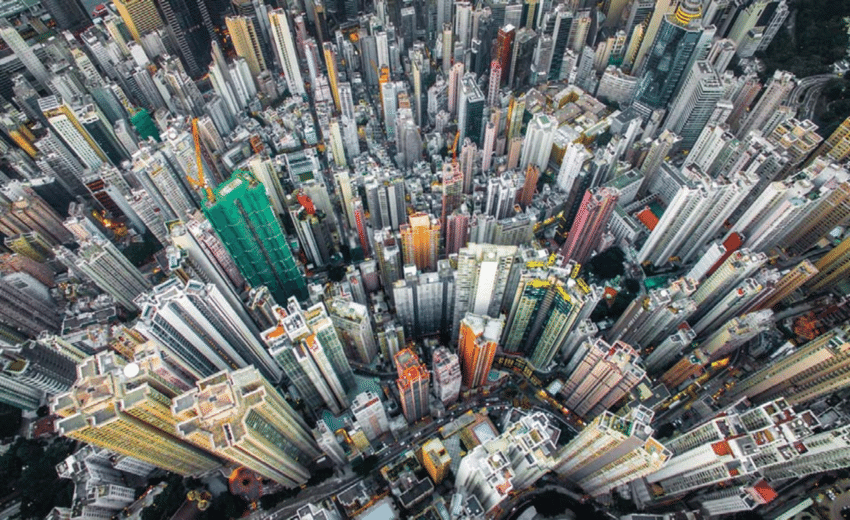lettersforvivian.org – Hong Kong, a vibrant metropolis known for its skyline, bustling streets, and dynamic economy, faces unique environmental challenges due to its high population density and limited land resources. As the city strives for sustainability, it must navigate issues such as waste management, air quality, and urban greening. This article explores the environmental challenges Hong Kong encounters and the innovative solutions being implemented to create a more sustainable future.
Waste Management in a Compact City
One of the most pressing issues in Hong Kong is waste management. With over 7 million residents living in a relatively small area, the city generates a significant amount of waste per capita. Landfills are nearing capacity, and the government is under pressure to find sustainable solutions.
Recycling and Waste Reduction
To address this, Hong Kong has been working on improving its recycling infrastructure. The government has introduced programs to encourage residents and businesses to recycle more, including the establishment of recycling centers and the promotion of a “producer responsibility” scheme that holds manufacturers accountable for the end-of-life management of their products.
Waste-to-Energy Initiatives
Another approach is the development of waste-to-energy facilities. These facilities aim to convert organic waste into energy, reducing landfill waste and providing a renewable energy source. The integration of such technologies is crucial for Hong Kong’s sustainability goals.
Air Quality and Urban Pollution
Air quality is a significant concern in Hong Kong, with pollution levels often exceeding World Health Organization guidelines. The city’s air quality is affected by local emissions, including vehicle exhaust and industrial activities, as well as regional pollution from the Pearl River Delta.
Reducing Emissions
To combat air pollution, the government has implemented stringent emission standards for vehicles and factories. Additionally, there is a push towards electric vehicles and cleaner public transportation options to reduce carbon emissions.
Green Spaces and Urban Forestry
Creating more green spaces and urban forests can help mitigate air pollution by absorbing pollutants and providing cleaner air for residents. Hong Kong is expanding its network of parks and green belts, integrating them into the urban fabric to enhance the city’s environmental health.
Urban Greening and Sustainable Development
Urban greening is a critical component of Hong Kong’s sustainability strategy. By integrating green infrastructure into the city’s design, Hong Kong can improve its resilience to climate change, reduce the urban heat island effect, and enhance biodiversity.
Vertical Gardens and Green Roofs
Vertical gardens and green roofs are becoming increasingly popular in Hong Kong. These living walls and rooftop gardens not only beautify the cityscape but also provide habitats for wildlife, reduce energy consumption in buildings, and contribute to the psychological well-being of urban dwellers.
Sustainable Urban Planning
Sustainable urban planning is essential for Hong Kong’s future. The city is exploring innovative designs that maximize space efficiency while incorporating green spaces and promoting walkability and cycling. This approach aims to create a more livable and environmentally friendly urban environment.
Conclusion
Hong Kong’s environmental challenges are complex, requiring a multifaceted approach to achieve sustainability. Through initiatives in waste management, air quality improvement, and urban greening, the city is making strides towards a more sustainable future. As Hong Kong continues to grow and develop, it must remain committed to innovative solutions that balance economic prosperity with environmental stewardship.




